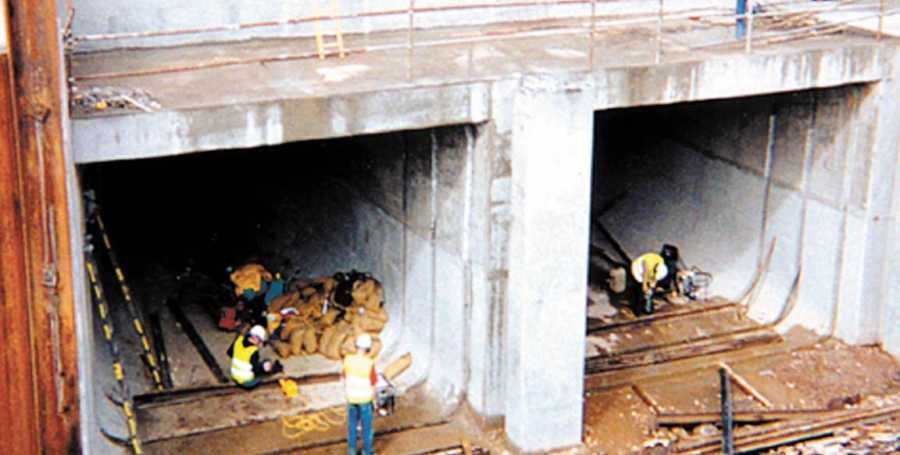Beeston Hydropower Plant
Smith-Root electric fish barriers are an excellent tool to prevent fish from entering fast-moving tailrace flows where they would become trapped, harmed, or killed in turbine chambers.- Location: Beeston, Nottinghamshire, England
- Commissioned: 1999
- Type: Industrial Scale Intake or Tailrace
Project description
Constructed in 1999, the Beeston Weir and Power Station is the largest run-of-the-river hydroelectric facility on the River Trent, United Kingdom, utilizing twin bulb 1.66 Megawatt Kaplan turbines to produce electricity for two thousand households. Three rectangular electrode loops were designed by Smith- Root and installed in each of the two downstream turbine tailrace portals to deter upstream-migrating fish, particularly Atlantic Salmon, from following water flow into the turbine chambers. With 60 cubic meters per second of water passing through the turbines, a robust electrode was designed from railway steel that was curved to match the shape of the tailrace portals.
The tailrace’s two portal entrances and three electrodes measure 16 feet by 14 feet each. The electrodes are kept on at all times, even when turbines are not under operation, to prevent fish from entering the chambers. Attractant flow adjacent to the turbine portal entrances leads to a fish ladder where Atlantic Salmon and other migratory fish can safely pass upstream of the dam.
Services provided
- Design of barrier electrodes and modifications to the tailrace
- Design of pulsators and power supply systems
- Supply and installation of electronics
Site characteristics
- Pulsators: 1.5kVA POW
- Pulsator Qty: 4
- Power Output: 6.0kW max.
- Water Velocity: 1.0 m/s
